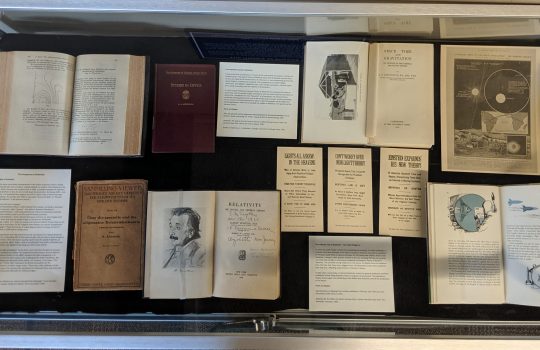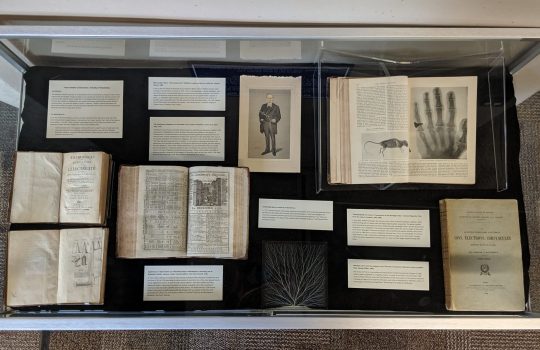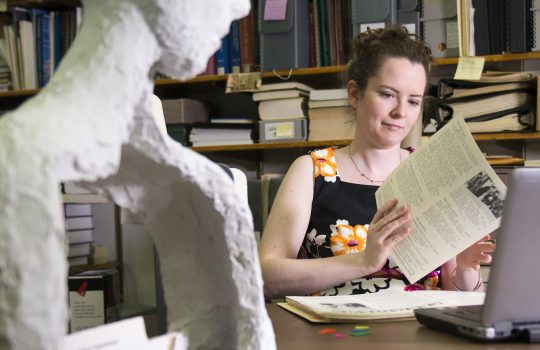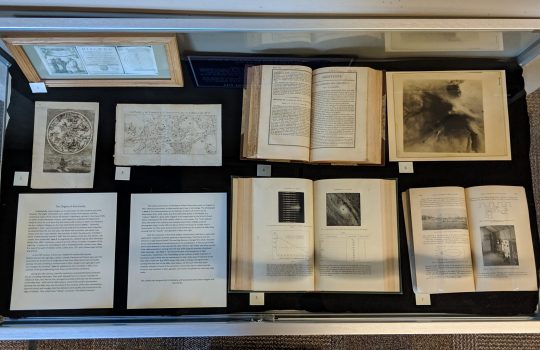Former Fermilab physicist, professor Herman B. White honored in Museum of Science and Industry exhibit
From ABC7, Feb. 20, 2020: Fermilab scientist emeritus Herman White, the first African-American in history to have a scientific equation that bears his name, is being honored in an exhibit at the Museum of Science and Industry. The work that earned him the honor of having a scientific equation named for him is on display at the museum as part of the 50th anniversary celebration of the Black Creativity Exhibit. View the three-minute news segment.




